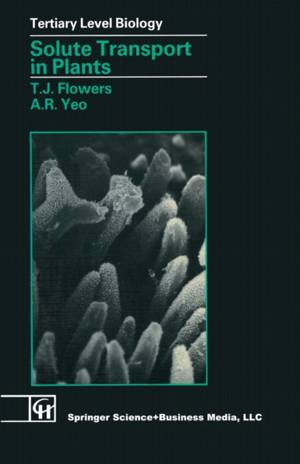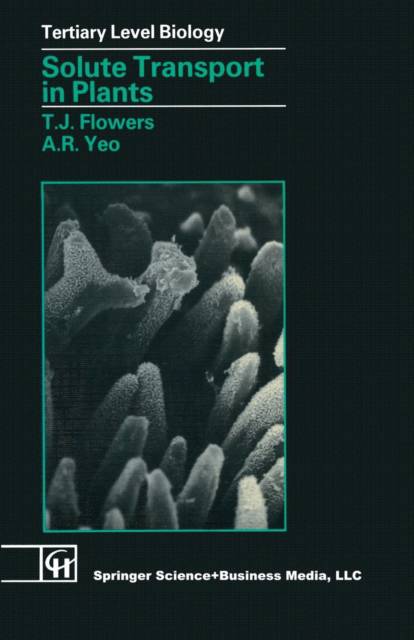
- Afhalen na 1 uur in een winkel met voorraad
- Gratis thuislevering in België vanaf € 30
- Ruim aanbod met 7 miljoen producten
- Afhalen na 1 uur in een winkel met voorraad
- Gratis thuislevering in België vanaf € 30
- Ruim aanbod met 7 miljoen producten
Zoeken
€ 83,95
+ 167 punten
Omschrijving
The study of solute transport in plants dates back to the beginnings of experimental plant physiology, but has its origins in the much earlier interests of humankind in agriculture. Given this lineage, it is not surprising that there have been many books on the transport of solutes in plants; texts on the closely related subject of mineral nutrition also commonly address the topic of ion transport. Why another book? Well, physiologists continue to make new discoveries. Particularly pertinent is the characterisation of enzymes that are able to transport protons across membranes during the hydrolysis of energy-rich bonds. These enzymes, which include the H + -A TPases, are now known to be crucial for solute transport in plants and we have given them due emphasis. From an academic point of view, the transport systems in plants are now appreciated as worthy of study in their own right-not just as an extension of those systems already much more widely investigated in animals. From a wider perspective, understanding solute transport in plants is fundamental to understanding plants and the extent to which they can be manipulated for agricultural purposes. As physiologists interested in the mechanisms of transport, we first set out in this book to examine the solutes in plants and where are they located. Our next consideration was to provide the tools by which solute movement can be understood: a vital part of this was to describe membranes and those enzymes catalysing transport.
Specificaties
Betrokkenen
- Auteur(s):
- Uitgeverij:
Inhoud
- Aantal bladzijden:
- 176
- Taal:
- Engels
- Reeks:
Eigenschappen
- Productcode (EAN):
- 9780216932203
- Verschijningsdatum:
- 30/06/1992
- Uitvoering:
- Paperback
- Formaat:
- Trade paperback (VS)
- Afmetingen:
- 140 mm x 216 mm
- Gewicht:
- 226 g

Alleen bij Standaard Boekhandel
+ 167 punten op je klantenkaart van Standaard Boekhandel
Beoordelingen
We publiceren alleen reviews die voldoen aan de voorwaarden voor reviews. Bekijk onze voorwaarden voor reviews.











